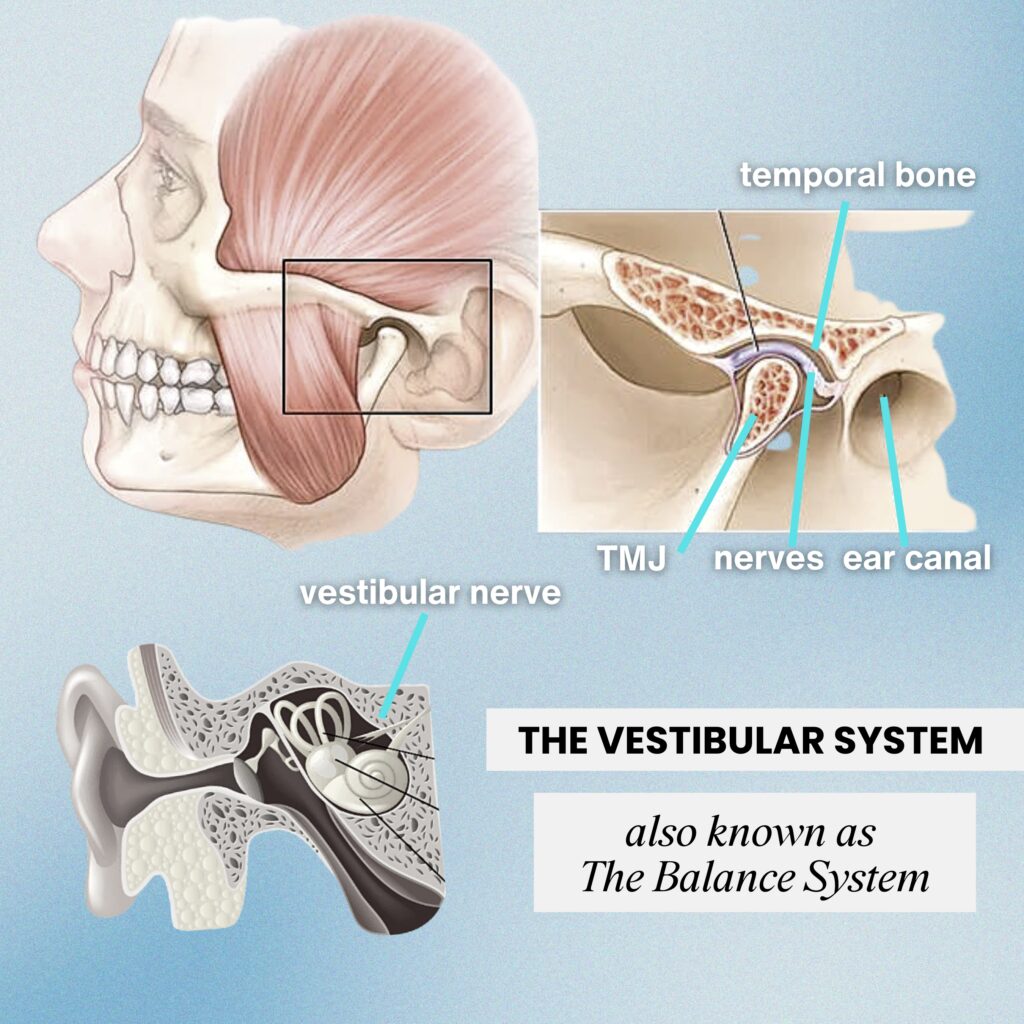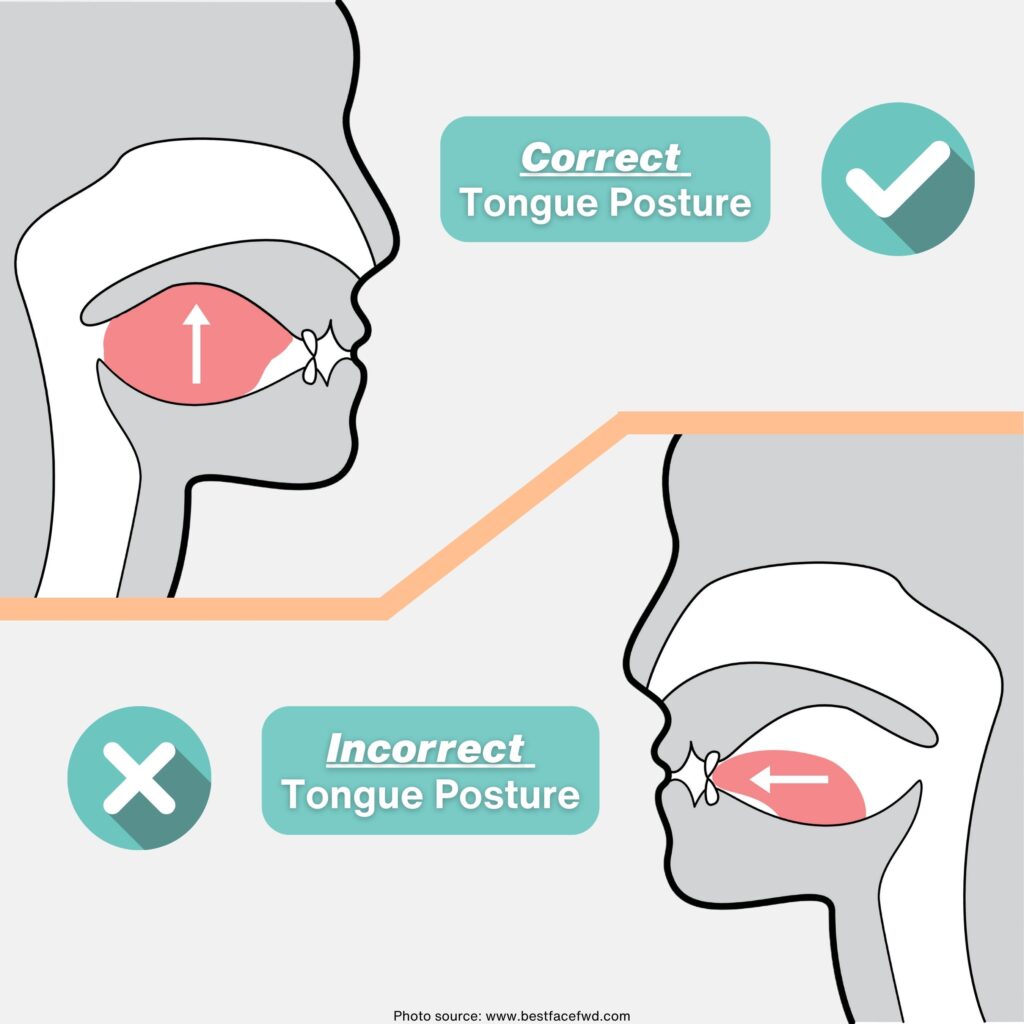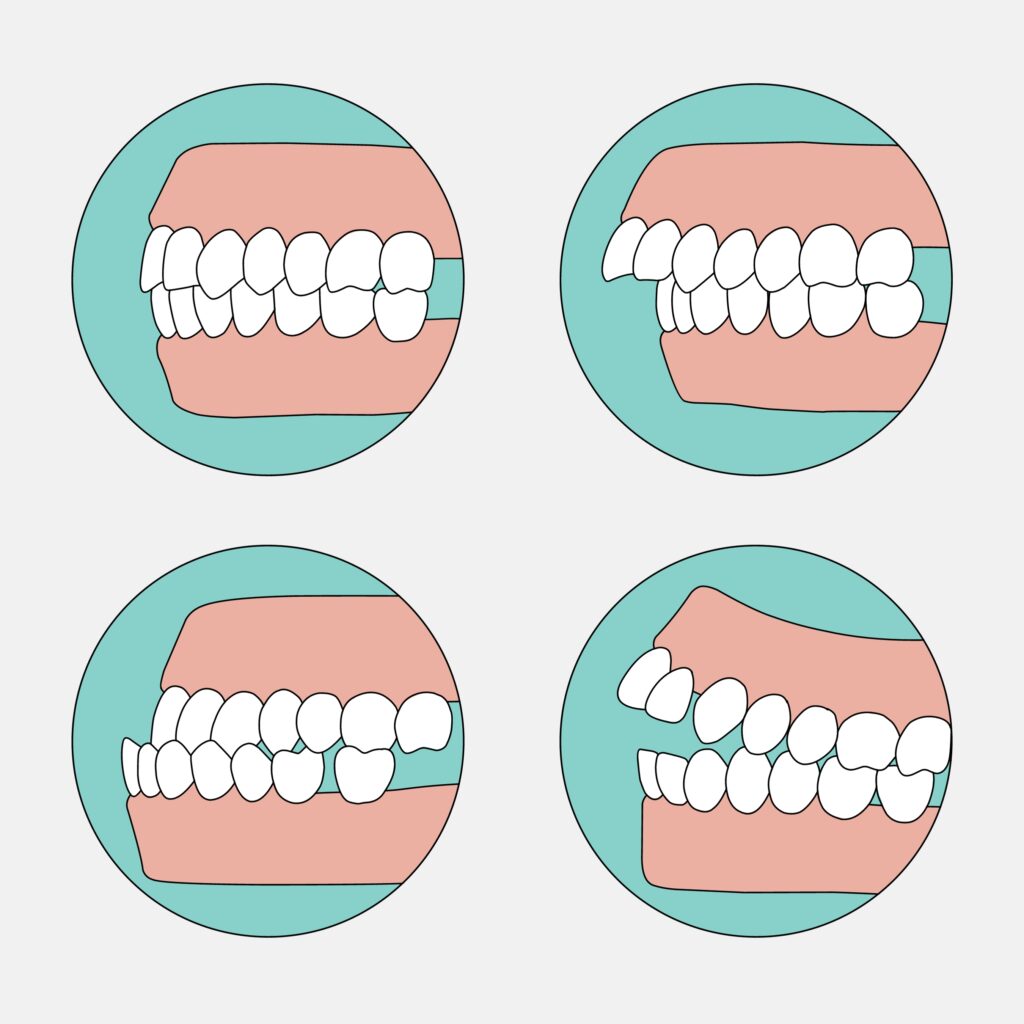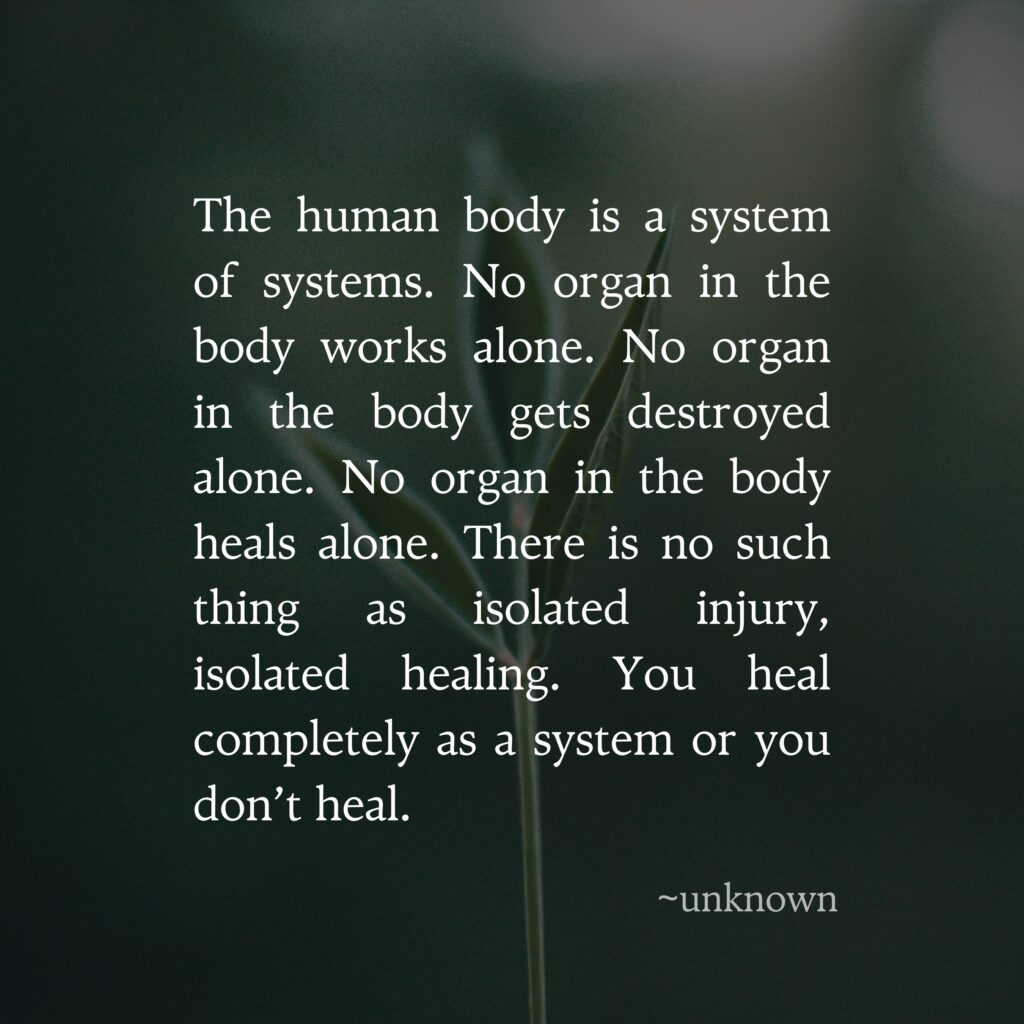Unlocking the Link Between Concussions, TMD and Airway Dentistry: A Whole Body Approach to Healing
Concussions have a profound impact on one’s life, which is why a collaborative, whole-body approach can help patients recover faster and feel their vibrant selves again. You might be thinking, “what does dentistry have anything to do with concussions?”. In this blog, we’re going to show just how vital an airway centric dentist can be to the concussion recovery process.
According to the Mayo Clinic, a concussion is a “traumatic brain injury [TBI] that affects your brain function. Effects are usually temporary but can include headaches and problems with concentration, memory, balance and coordination”.
While every person experiences different symptoms to varying degrees, common symptoms include loss of memory, confusion, forgetfulness, headaches, sinus pain, ringing in the ears, dizziness/vertigo, aches/pain in the neck, back and shoulders, and sleep disturbances.
Concussions and TMD: The Symptom Overlap
It may come as a surprise that concussions and temporomandibular disorder (TMD) share many of the same physical symptoms. Common signs and symptoms of TMD include headaches, ringing in the ears, dizziness/vertigo, jaw pain, neck, back and shoulder pain. TMD is not something you just wake up with one morning; it slowly develops over time, meaning that one may have TMJ dysfunction without necessarily experiencing any symptoms.
When underlying TMJ dysfunction is present, it can exacerbate the symptoms that come along with a concussion. When concussion patients experience severe symptoms, it’s essential to dig deeper and identify what other factors may be contributing. This overlap of symptoms shines a light on some key connections that can aid in the treatment of concussions. First, let’s explore these connections through the Vestibular System.
The Intricate Connection between the Jaw and Brain Function
Airway dentistry’s role in concussion treatment can be better understood through the connection between the jaw and the brain. To grasp this connection, we need to understand how the temporomandibular joints (TMJ) have an impact on the body’s Vestibular System, which controls body movement and balance.The jaw joints, known as the TMJ, are connected to the temporal bones on both sides of the head, which make up the side and base of the skull. When the jaw is misaligned or inflammation in the jaw joints occurs, it can exert pressure on the temporal bone, setting off a domino effect. This impact can then reach our ear ears, which are closely connected to sensors in the brain responsible for controlling body movement, known as the Vestibular System.

The Vestibular System resides in our ear canals and functions to detect the position and movement of our head in space, which allows for the coordination of eye movement, posture, and balance. Any disruption of these sensors or misalignment of the vestibular nerve (the pathway that transmits the messages from between the senors and the brain) will affect the body’s position, movements and balance. These disruptions can happen if the jaw is not in the correct position, or if habits like teeth clenching or grinding are present.
When striving to heal from a concussion, ensuring the brain receives accurate and reliable input and signals to control movements and balance is incredibly important. Achieving the optimal position of the TMJ is crucial, as it enables the brain to receive the necessary vestibular input to heal.
What Causes TMD?
In order for the brain to receive proper signals from the Vestibular System, we must address TMJ position. But in order to address TMJ dysfunction, we must dive deeper and address the three major interconnected causes of temporomandibular disorder: breathing, tongue posture, and malocclusion.
TMD is not something one wakes up with one day, rather it slowly builds over one’s life, and often begins during child development.

Incorrect breathing patterns are often formed during childhood. Proper breathing entails predominately breathing through the nose. When one habitually breathes through their mouth instead of their nose, it can lead to muscular and structural imbalances in the oral cavity and jaw. Habitual mouth breathing causes the lower jaw to drop and the tongue to rest at the bottom of the mouth, affecting the natural alignment of the jaw (which is a domino effect and affects postural alignment as well). In children, this results in an underdeveloped jaw and narrow palate, which over time can lead to pain, discomfort and TMD. Proper nasal breathing is crucial for maintaining proper alignment of the TMJ.
Tongue Posture:

Incorrect tongue posture can lead to a cascade of issues, including contributing to the development of TMD. The tongue is a powerful muscle and acts as ‘natural braces’, supporting the upper jaw and maintaining proper alignment of the jaw joints. The tongue and jaw muscles are interconnected, and their coordination is essential for proper jaw function. When the tongue rests low in the mouth instead of against the roof of the mouth, it can result in muscle imbalances, where some muscles become overactive, while others become underactive. Over time, this imbalance can contribute to misalignment, muscle tension and increased stress on the TMD, which can eventually lead to TMD.
Malocclusion (Uneven Bite):

Malocclusion, or a misalignment of the teeth and jaws, is a common precursor to TMD. In an ideal position, as the lower jaw comes up to meet the upper teeth, the paired muscles work evenly because the teeth are in even contact on both sides. When the upper and lower teeth do not fit together properly, it can result in uneven distribution of forces when biting and chewing. This places excessive stress on the temporomandibular joint, which can lead to inflammation, discomfort, jaw pain, and overtime can cause structural changes, leading to TMD.
Treating the Underlying Causes
Temporomandibular disorder is a condition that develops gradually, often beginning in childhood, stemming from interconnected factors including improper breathing, tongue posture and malocclusion. These elements are interwoven and work in tandem to achieve balance and efficient functioning. Understanding and addressing these factors with a qualified professional is crucial for preventing and managing TMD.
For concussion patients, addressing the underlying cause of TMD can be a vital aspect of their treatment and recovery process. Airway dentists, uniquely trained in this field, play a crucial role in identifying and treating these underlying factors. Collaboration with a myofunctional therapist is common in TMD treatment to address orofacial dysfunction, establish correct breathing habits and oral rest posture, and address any oral restrictions such as a tongue-tie.
An airway dentist will often also address malocclusion through airway-centric orthodontic treatment, which is focused on far more than just straight teeth. Airway orthodontic treatment takes a functional approach by addressing the core factors responsible for narrow jaws and malocclusion, which is unique to each individual. Going beyond aesthetically straight teeth, the aim of airway orthodontic treatment is to balance the teeth and jaw in the ideal position so the jaw, head, neck and spine are in alignment, allowing the body to send proper signals and heal more effectively. To learn more about the differences between traditional orthodontics and airway-centric orthodontics, check out my last blog post here: Traditional Orthodontics and Airway-Centric Orthodontics Comparison.
A Collaborative, Whole Body Approach

Conclusion
The tide is changing, and more and more are realizing the importance of a collaborative approach to healthcare and treatment. No system in the body functions alone, and no system of the body heals alone. For concussion patients, the significance of addressing the underlying causes of TMD cannot be overstated. The overlap in symptoms at the very least should warrant an examination from an airway dentist to assess for TMJ and orofacial dysfunction that could be playing a role in exacerbating concussion symptoms.
Alongside conventional concussion treatment, a visit to an airway dentist could change the trajectory of one’s recovery. By recognizing the intricate connections between TMD and concussion-related symptoms, such as headaches, dizziness, neck and back pain, we can bridge the gap between seemingly unrelated fields and unlock the keys to more efficient healing. Through addressing TMJ alignment, tongue posture, and breathing patterns, airway dentists contribute to a holistic approach in concussion treatment. They not only focus on restoring the proper function of the jaw but also play a pivotal role in ensuring that the brain is receiving the right signals for a more effective recovery. It’s a synergy that underscores the remarkable potential of airway dentistry in enhancing the path to healing after a concussion.
Contact Information
If you have any questions or would like to schedule an in-person or virtual appointment with Dr. Johal, please contact us here.
If you would like to refer us to someone you know that this information is relevant to, please complete our referral form here.
Home: www.familydentalguelph.com
Stay in Touch with Dr. Johal: www.drmandeepjohal.com
Visit our Tongue Tie Centre: Tongue Tie Centre Guelph and Ontario
Family Dental Centre
1482 Gordon Street, Guelph
519-767-2729
www.familydentalguelph.com









